Montenegro's Venice Biennale exhibition seeks renewal of the country's architectural heritage
By Bustler Editors|
Friday, May 30, 2014

Related
Montenegro's "Treasures in Disguise" exhibition for the 2014 Venice Biennale looks to the country's former Yugoslavic past to provoke discussion of bringing renewal and examining the future possibilities of Montenegran architecture.
The exhibition focuses on four historic buildings constructed between 1960 and 1986 that are perceived as cultural models of late modernism architecture. Built with optimistic intentions, the buildings were neglected and have been left to decay ever since.
Read on to learn more.
"When the four buildings on display first opened, they radiated their builders’ enthusiasm and confidence about the new society they were building. Today, only a few decades later, these buildings embody the complete opposite: poorly used (if at all) and maintained (if ever completed), they are a testament to the failure of modernism and the breakdown of Yugoslavia. Nobody seems to be able to recognize their value, hence their fate seems sealed: decay and demolition.
But how can something that was born out of a collective optimism lose its promise in such a short period of time? Is the demise of these buildings really due to an intrinsic lack of quality, or have we been unable to treat them with enough empathy to awaken a dormant potential that might be hidden underneath the patina of our own ideological disenchantment with modernism? The curators of this pavilion believe it is the latter.
These buildings represent a cultural resource that is too precious to destroy; if given a second chance, they will surprise us with their unique spatial, programmatic, and social potential. The aim of the exhibition is therefore to help the audience, through architectural representations of the interiors and exteriors of the four buildings, discover the uncanny beauty of structures that, while they look like ruins today, are nothing but treasures in disguise."
Dom Revolucije
Architect: Marko Mušić
Location: Nikšić, Montenegro
Years of construction: 1979-1989, unfinished
Area (built): 20,468 square meters

"Dom Revolucije ('Revolution Home' in English) was built as a memorial to those who died during the Second World War and as a landmark and cultural center for the city of Nikšić. At the time, Nikšić was growing as an industrial center in Yugoslavia. During the design process, the surface area of Dom Revolucije tripled from its original 7,230 square meters to 21,738 square meters. The construction work on the building stopped in 1989."
Kayak Club “Galeb”
Architect: Vukota Tupa Vukotić
Location: Podgorica, Montenegro
Year of construction: 1960
Area: 411.50 square meters
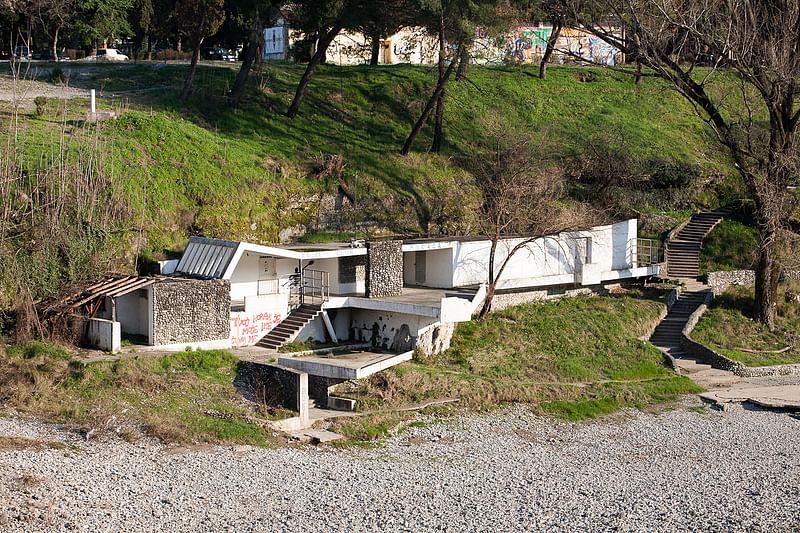
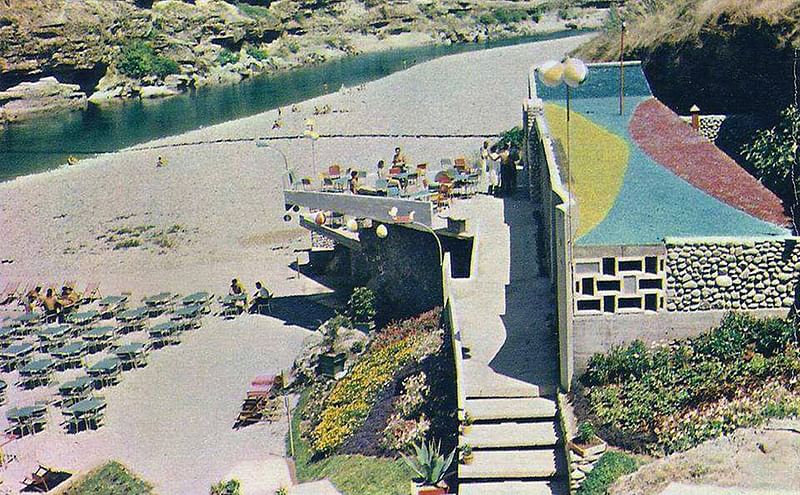
"Kayak Club 'Galeb' is located in Podgorica, on the left bank of Morača river and just above Labud Beach. Initially, the building included a restaurant, beach café, and kayaking club, combining sports, recreation, and leisure. 'Galeb' was abandoned after several attempts to maintain the beach bar; the original kayaking club did not last longer than one summer. The building is currently used by the kayaking club Morača, but it is in very poor condition and closed to the public."
Hotel Fjord
Architect: Zlatko Ugljen
Location: Kotor, Montenegro
Year of construction: 1986
Area: 13,360 square meters
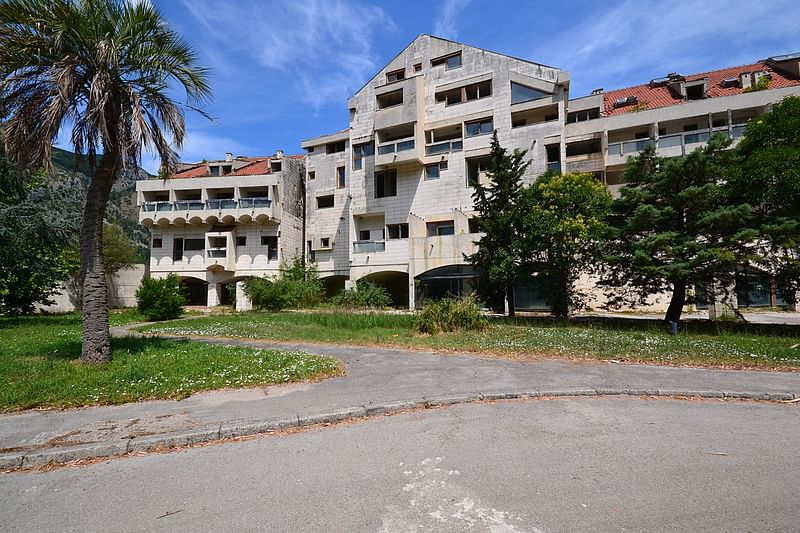
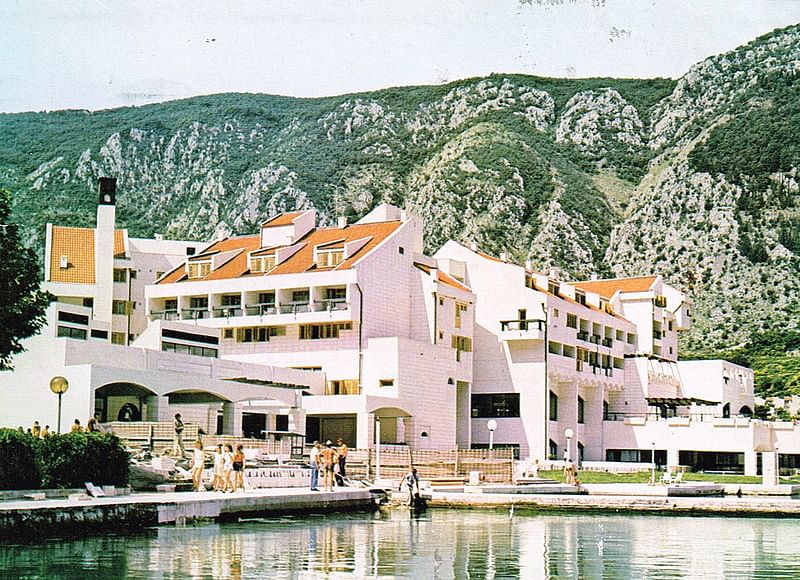
"Hotel Fjord stands in a prime location, at the very end of Boka Kotorska Bay and close to the old town of Kotor, a UNESCO-protected site. The design by Zlatko Ugljen, a Yugoslavian architect of Bosnian origin, was selected through an open architecture competition. When it was completed in 1986, the ho- tel had 155 rooms, 4 suites, and many amenities, including restaurants, bars, tennis courts, a swimming pool, and a conference center. After nineteen years of operating as a hotel, the building was privatized and sold. In 2005, it was closed down and slated for demolition, and today it is vacant and unused."
Spomen Dom
Architect: Marko Mušić
Location: Kolašin, Montenegro
Year of construction: 1976
Area: 3,220 square meters

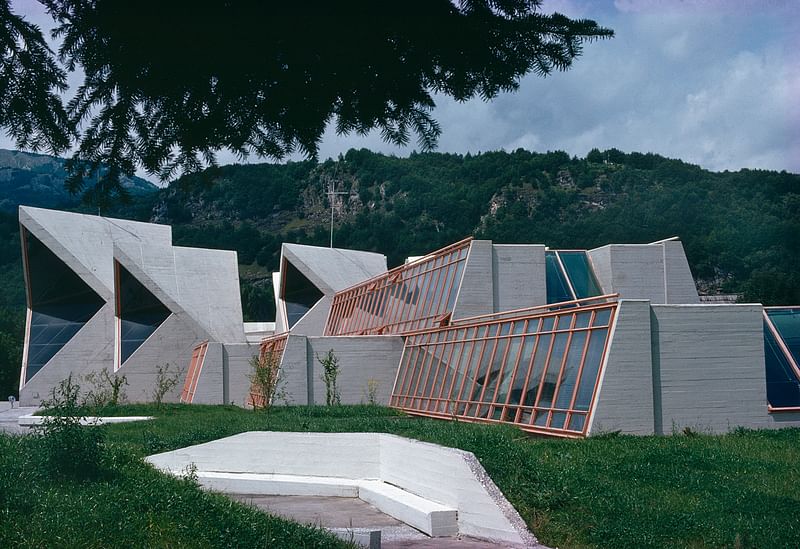
"Spomen Dom (“Memorial Home” in English) is located in the city center of Kolašin, in the northern part of Montengro. It was built to commemorate the first assembly of the National Anti-Fascist Council for the National Liberation of Montenegro and Boka, the southern region of Montenegro, and functioned as a cultural and administrative center for Kolašin and its surrounding areas. The local authorities maintained the building up until the early 90s, but since then its maintenance costs have been removed from the region’s budget. The building is therefore in very poor condition today. A few years ago, they considered demolishing it in order to build a new tourism complex on the site. However, this plan has been stalled by the economic crisis. The building is still used today for municipal administra- tion and by local political parties. It is also considered one of Montenegro’s most beautiful examples of post-war architecture."
"Treasures in Disguise" was curated by Boštjan Vuga (SADAR+VUGA), Dijana Vučinić (DVARP), Simon Hartmann (HHF Architects), Ilka & Andreas Ruby (Ruby Press), and Nebojša Adžić.
The exhibition will open on June 5 at 6 p.m. at the Palazzo Malipiero, Ramo Malipiero San Marco, 3079. It will run during the Biennale from June 7 through Nov. 23, 2014.
Read more about the 2014 Venice Biennale here.

Share
0 Comments
Comment as :